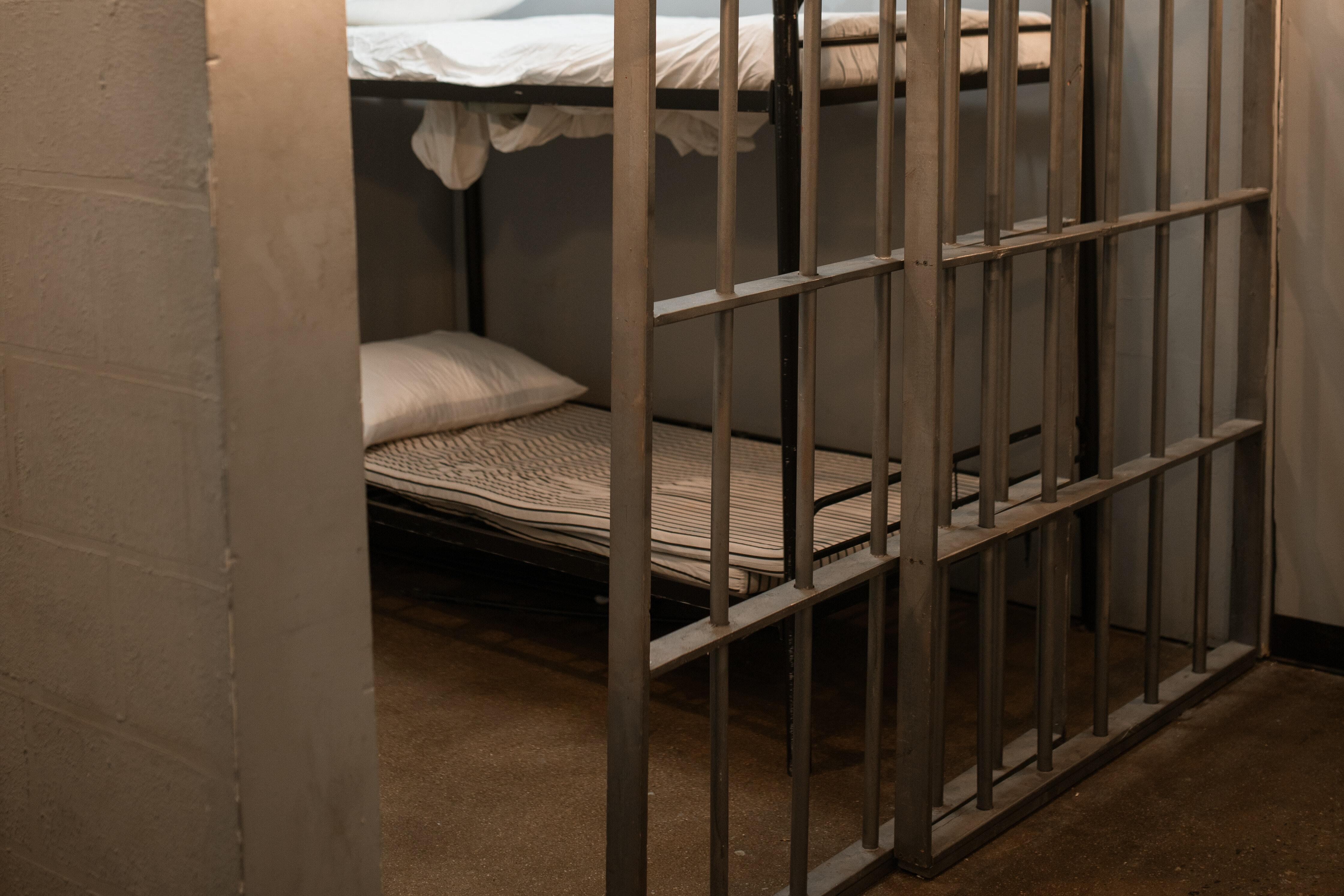While the 2023 regular legislative session is largely focused on tax relief and education, another issue looms in the background: the state’s correctional system and the various problems hampering its improvement.
It should shock no one to learn that the Alabama Department of Corrections (ADOC) is under a federal court order to increase staffing and improve mental-health care capabilities, as well as the overall conditions of Alabama’s prisons. This has been an issue since at least 2014.
The ADOC is struggling to make progress towards meeting the terms of Federal Judge Myron Thompson’s order, despite approving a plan to build two new 4,000 bed prisons in 2021, along with years of higher ADOC budgets aimed at increasing staffing. If the state does not meet the terms by July 1, 2025, it runs the risk of having the federal government take control of Alabama’s prisons.
Between April 1, 2021, and Sept. 30, 2022, ADOC lost 528 correctional staff members, leaving a total of just 1,392, court filings show. Basic correctional officers, correctional officer trainees, and senior correctional officers were among the hardest hit areas.
With just over two years remaining on the federal court deadline, where does the ADOC go from here?
Clearly, the state must continue to address staffing needs, and is taking steps to do so. Earlier this month, Alabama Corrections Commissioner John Hamm announced that the minimum starting salary for a correctional officer trainee would rise from $33,381 per year to at least $50,712, an increase of nearly 53%. Higher starting salaries would be based on the security level of the facility at which the officer works.
Prior to the pay increase announcement, Alabama was ranked 36th in national correctional officer pay, with an average salary of $39,490 per year. Hamm said that ADOC needs “to be competitive with other law enforcement entities,” and that the pay increase “makes us competitive.”
It is understandably difficult for ADOC to hire officers, particularly in maximum security facilities. Significantly raising salaries may outweigh the risks for some potential correctional officers, but will it be enough?
Corrections funding increased by 59.5% from fiscal year 2014 through the 2023 enacted state General Fund budget, with much of that increase aimed at hiring additional staff. Total ADOC funding in 2023 is set to be almost $600 million, over 20% of the General Fund budget. Yet as of February 2022, ADOC had filled less than half of the positions needed to meet the goal of 3,826 full-time-equivalent officers. There were 541 vacant security positions within ADOC as of last August.
ADOC may be saved from federal intervention by the construction of new men’s facilities in Elmore and Escambia counties. The goal of the new prisons is to increase mental health facilities and improve overall conditions. An added benefit is that their up-to-date technology may require less staff to run them.
But it appears unlikely that either facility will be open before the July 2025 federal court deadline. According to Hamm, the Elmore County facility is on schedule to be completed during the first quarter of 2026. However, reports earlier this year indicated the work was “idle” with little progress being made. The Commissioner disputed those reports.
Progress is even slower at the Escambia County site. According to Hamm, design work was only about 40% complete as of last month, and no general contractor was selected to construct the facility.
Meanwhile, construction costs continue to rise.
The legislature has already approved $1.3 billion in funding for the two prisons, including $400 million in American Recovery Plan Act funds. The original price tag for the Elmore County facility was capped at $623 million, however, last week the Alabama Correction Institution Finance Authority increased that cap by $352 million, meaning that this one facility alone will cost taxpayers almost $1 billion. The costs of the Escambia County facility seem likely to rise as well.
The state was already about $275 million behind on construction funding because a bond issuance fell short of its $785 million goal. Taxpayers may be left paying the price of increasing construction costs and the bond shortfall.
The state has no choice but to continue with the construction process, while also attempting to address staffing issues, but both should be done in a transparent manner. Everything possible should be done to control rising costs because ultimately all Alabamians will pay for it. Citizens have a right to know what’s going on and deserve answers and accountability from state officials.
Justin Bogie serves as Fiscal and Budget Reporter for 1819 News. The views and opinions expressed here are those of the author and do not necessarily reflect the policy or position of 1819 News. To comment, please send an email with your name and contact information to: Commentary@1819News.com.










